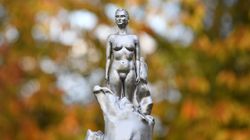She’s still on the front pages of the papers 23 years since her death, and now Princess Diana, played by relative newcomer Emma Corrin, is arriving on Netflix drama series, The Crown. The fourth season drops on Sunday November 15.
From the young aristocrat’s ascent to fame and marriage to Prince Charles in 1981, to her tragic death in Paris in 1997, the life and work of Princess Diana has become the stuff of legend.
Diana has been variously immortalised as the people’s princess, a style icon, a wife and mother, and, in some eyes, a kind soul thrust into a hostile world, as projected in her now infamous Martin Bashir interview, which has become the subject of fresh news this week. She is remembered for de-stigmatising AIDS and HIV, campaigning against landmines, and speaking out publicly against what she perceived to be the oppressive weight of the royal family.
Ahead of her introduction to The Crown storyline, HuffPost UK spoke to some of her modern day super fans to hear how the princess still shapes their lives.
‘I still Google her when I need an elegant look’

“I adore Diana. She is the epitome of class and kindness,” says Zara, 32, a skincare entrepreneur who lives in Wembley, but was a little girl living in Pakistan when Princess Diana made a national visit in 1996.
“Seeing her in traditional Pakistani dress was just so incredible as a child who was British Pakistani but didn’t really connect to the royal family before. I was just in awe. I instantly felt her warmth in the way she was interacting with local people – even as a small child I could sense that. She was seen greeting small children warmly and it made me wish I was one of them.
“I hadn’t seen a British Royal in the shalwar kameez before so it was great to see someone embracing my culture in that way. I hadn’t associated the traditional dress with anything other than being Pakistani. This was a link to it being something so elegant that a British royal would wear.
“Diana influenced my style choices as I got older. I’m a third culture kid, so for me, seeing her like that was a nod to my Pakistani identity and British one, too – in a positive way. I still find myself Googling her outfits when I feel I need a really elegant look for a classy event to go to.
“I have been dying to watch The Crown for a while. Unfortunately two small toddlers and running a business hasn’t made it possible, but I will most definitely try and watch this seasons because of Diana’s role.”
‘I’m okay being my authentic self because of Diana’
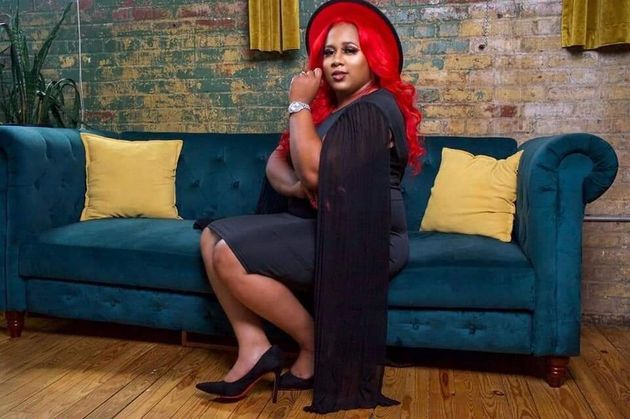
“Lady Diana inspired me to overcome adversity,” says Sharenika Cummings, 30, from Georgia, US, a survivor of sex trafficking and author of Hustled Through The Pain.
“I admire how she always laughed and smiled. I looked up to her fashion and bright colours. She inspired me to be me no matter who thought otherwise. She had a big personality, and people loved to be in her presence.
“My favourite Diana moment was when she joined her older sisters to show talent in music and sports, but not academics. She kept failing the school exams, I think. I just remembered that inspired me. I felt dumb because I kept failing major tests in high school and college, too. I failed the graduation test, and in college I failed the placement test. Diana didn’t let that stop her.
“She showed me you can be strong no matter what you’re facing. She was in the public’s eye from being with a prince. She did not allow that to change who she was. My book, Hustled Through The Pain, explains and shows how I made it through life with many things being thrown at me. I’m okay with being my authentic self because of Lady Diana.”
‘I truly think she was a progressive champion’

“Diana has helped inspire millions of people with her charity work on landmines, cancer, and HIV/AIDS. As a gay man, the latter is especially important to me,” says Konrad Juengling, 33, an LGBTQ+ activist from Idaho.
“HIV/AIDS was so stigmatised in the 1980s and 1990s, but Diana didn’t let that stop her from advocating for men whose lives were tragically cut short. She helped with fundraising efforts for research (which is something that is still needed to this day), visited patients in the hospital, and opened an AIDS centre.
“Even members of the royal family did not approve of that type of charity work, but she continued with it. She brought the message to millions of people that those living with those conditions are deserving of fair treatment and respect.
“I was 10 when Diana died, and remember the news reports and feeling sad because she was loved by so many people, but I was too young to really admire her then. I’ve come to admire Diana retrospectively. I truly think she was a progressive champion when it comes to HIV/AIDS. It’s a shame her life was cut short before she could see the strides in acceptance that have been made.
“I’m very excited for The Crown’s next season. Last Christmas, my husband got me a copy of the book, Impressions of Althorp, with a personalised inscription from Diana’s brother Charles Spencer. When coronavirus is over and we’re able to travel again, we’re planning on visiting the UK and have the Althorp Estate [where Diana grew up and is buried] on our list of places to see.
“We will pay our respects to Diana, who inspires me by reminding me however small our platforms are compared to hers, we should be using them for good.”
‘She was an innocent young girl who was used’
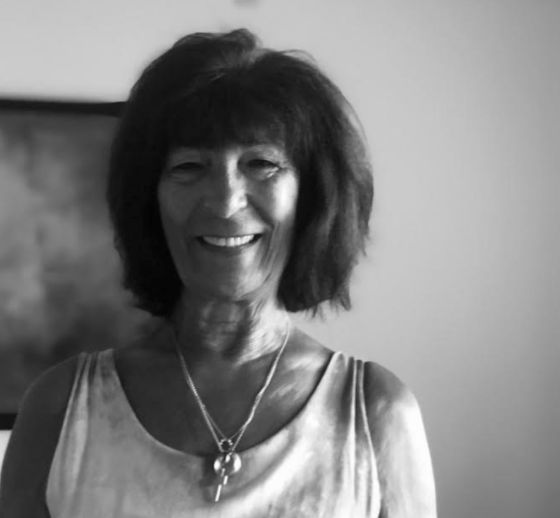
“When Diana died, everybody was devastated. It was total devastation. It was like we all lost someone close to us,” says Jennifer Redman, 71, a retired market stall trader of Greek Cypriot origin who lives in London.
“She was an innocent young girl who was used to fulfil a purpose. It felt like we needed to protect this young girl who was being duped by everyone around her. To find out your husband doesn’t love you and didn’t want to marry you, yet was seeing it through – it just made it feel very personal.”
“For me, Diana represented a new age; a very strong woman who fought her way through the most difficult times in her life to do good. Her thoughts and her actions were always focused on helping others, those less fortunate than her. She always put others first.
“Her passing built up a never-ending hate for Charles and Camilla for me, which I think most people can resonate with. It wasn’t a case of Charles and Camilla falling in love after they were married, it felt so planned and structured.
“I cannot wait for Diana to appear in The Crown. I’m most excited to see how they portray her, especially Emma Corrin’s performance. I’m also excited to see Gillian Anderson as Margaret Thatcher. In images, she looks exactly like her!”
‘Diana was from a pre-internet, pre-reality TV age’
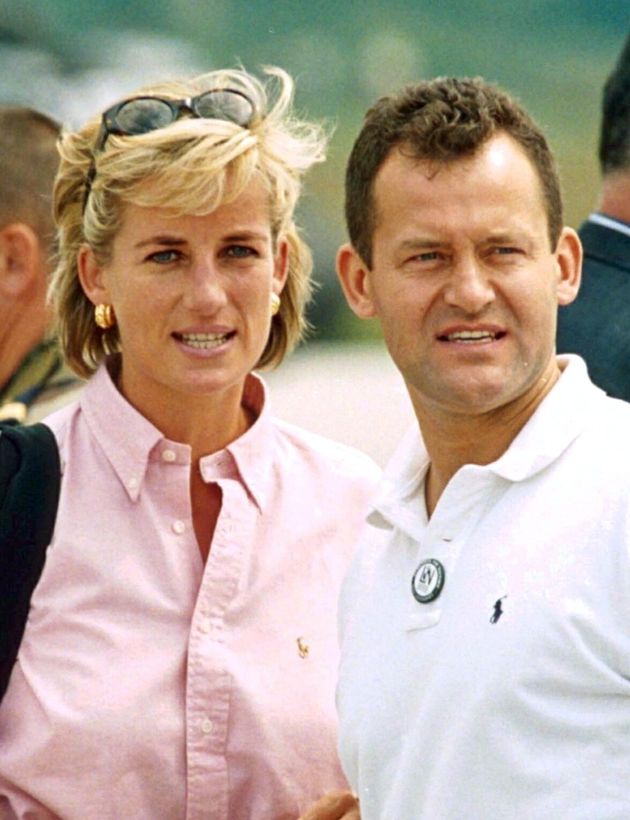
“When I first joined Rex Features in 1991, I loved traveling. That’s how I ended up specialising in royal coverage as it allows me to travel and take photographs – my two biggest passions,” says photographer Tim Rooke, 55, from London.
“I found Princess Diana fascinating in the pre-internet and pre-reality TV age – probably one of the most famous women in the world along with Mother Teresa.
“She used her fame and status for good. Nowhere was this as important as how she helped change people’s perspective of HIV/AIDS. This was before my time shooting the royals, but in 1987 she opened the UK’s first purpose-built HIV/AIDS clinic and in front of the world’s media, she shook hands with an AIDS patient without gloves. This seems strange now but in the mid 80s the hysteria and misinformation was rampant. I think she was very compassionate.
“I took this photograph of Diana and Paul Burrell at Sarajevo Airport in Bosnia, a few weeks before the princess died. Initially I was annoyed her butler was in the picture since photos of her alone were more sought after. However, after Paul Burrell went to trial, this was one of the only pictures of the two of them together. Paul himself says it is his favourite picture with the princess.
“I think the work Prince Harry in particular does with HIV in Africa and around the world is partly inspired by his mother’s work in this field.”
‘Even as a child I was drawn to Princess Diana’
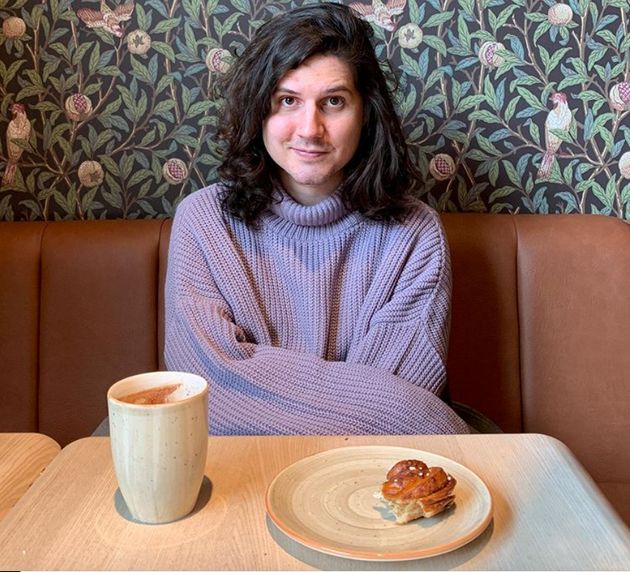
“For some reason even as a child I was drawn to Princess Diana,” says Daniel Welsh, 29, HuffPost UK’s entertainment writer. ”I vividly remember when I was four or five years old, sifting through my mam’s magazines for pictures of her, which I’d then cut and save in a plastic wallet for some reason. I think at the time I just found her impossibly glamorous and other-worldly, always at these red carpet events looking amazing.
“So she’s someone that I’ve always been drawn to, but it’s only as I’ve got older that I’ve realised what an incredible legacy she had, and what incredible work she did, particularly when it came to de-stigmatising AIDS at a time when LGBTQ+ people were being demonised in the British media. She was a fantastic ally, and that’s part of what makes her such a gay icon.
“I know a lot of people play up the more tragic sides of her story – how young she was when she married Charles, her struggles with her mental health and bulimia (the seriousness of which I’ve only learned recently, but were actually dominant forces in her marriage to Charles) – and they are, of course, important.
“But that’s not all she was. My favourite things to hear about are her sense of humour, her silliness, stories of her doing things she wasn’t supposed to like going to pop concerts, teasing the media and (allegedly) dressing up in boy-drag for a night out at the Royal Vauxhall Tavern with Freddie Mercury and Kenny Everett.
“In a lot of ways, Emma Corrin’s arrival on The Crown mirrors how Diana joined the royal family. I’ll admit I’ve only watched one series of The Crown and found it a little stuffy and slow-paced. But I’ll be tuning in to see how Diana’s presence shakes things up. Diana ruffled feathers in what was a pretty rigid institution. She changed the monarchy forever, so I can’t wait to see how that all plays out on screen.”



